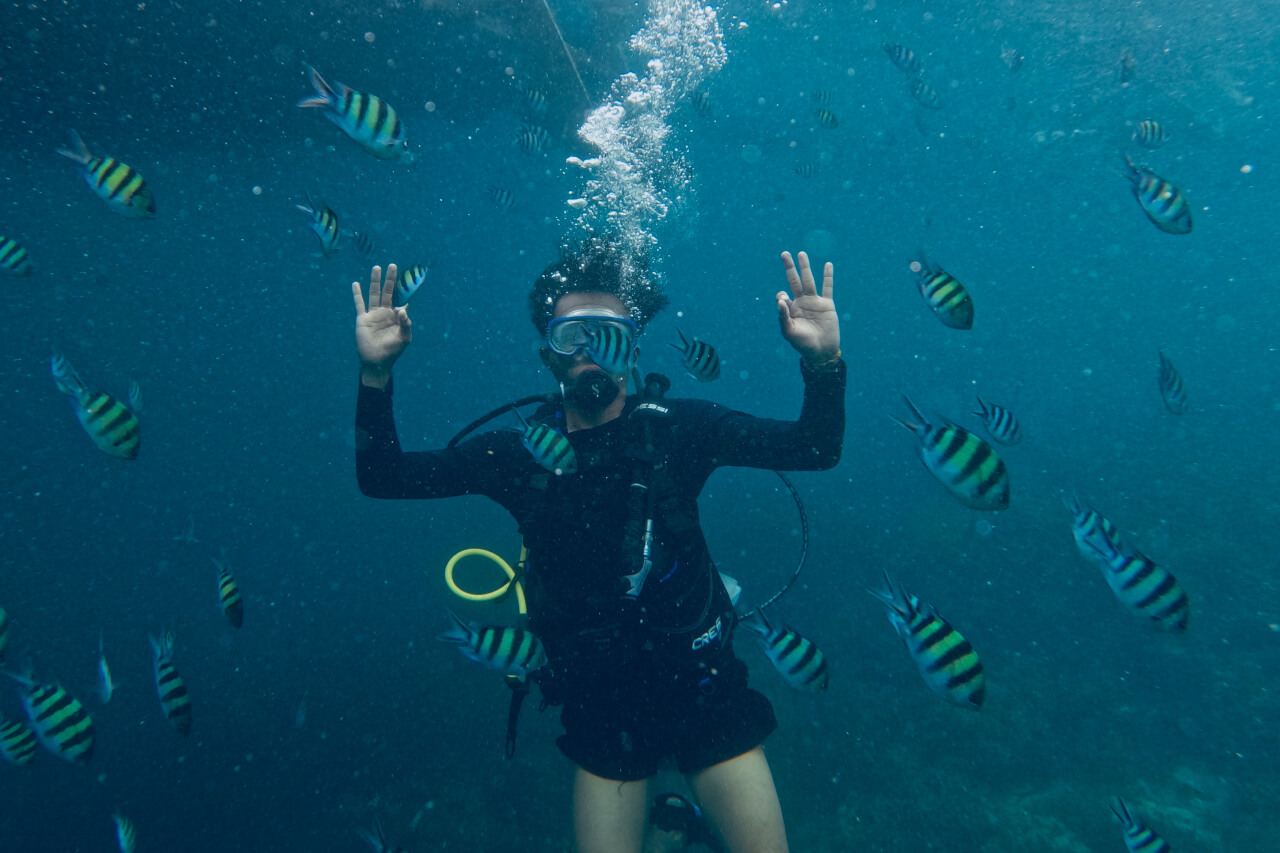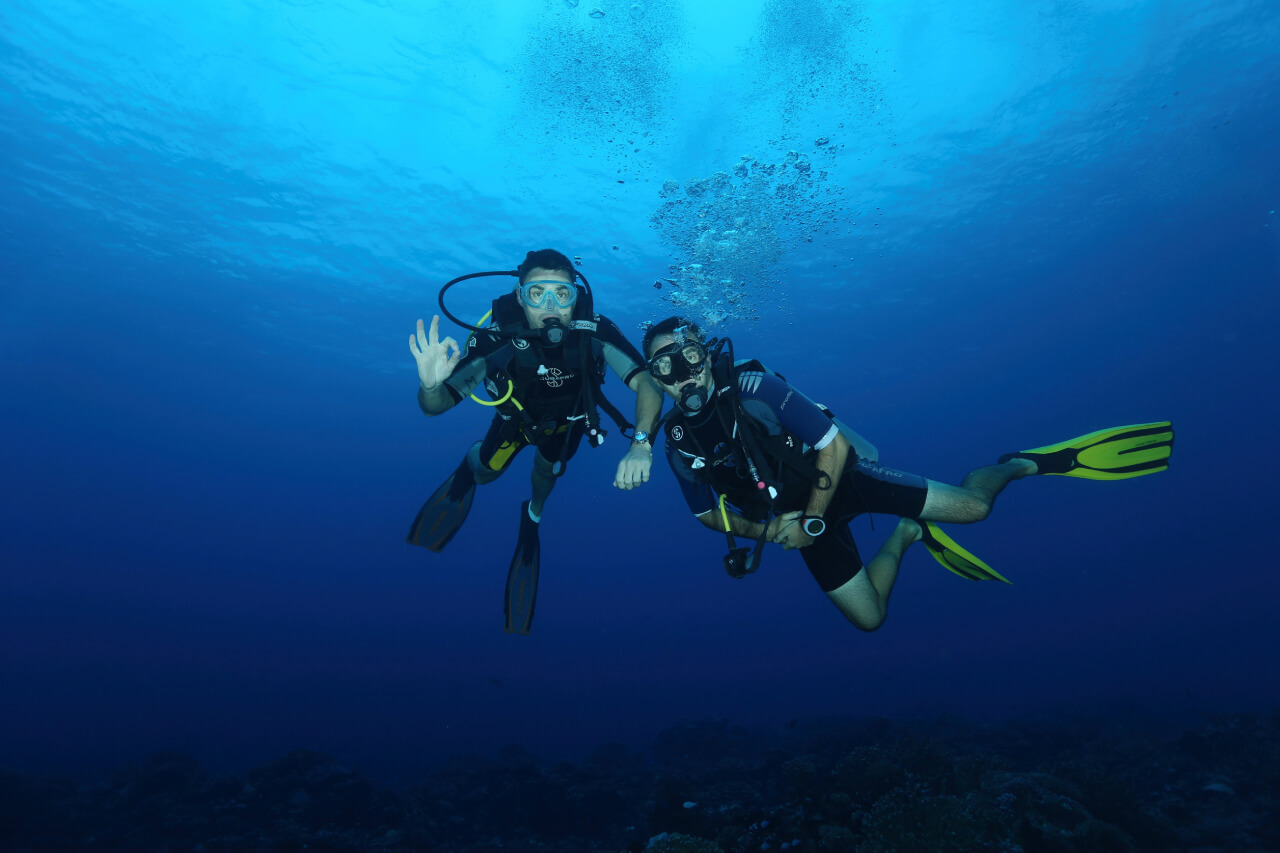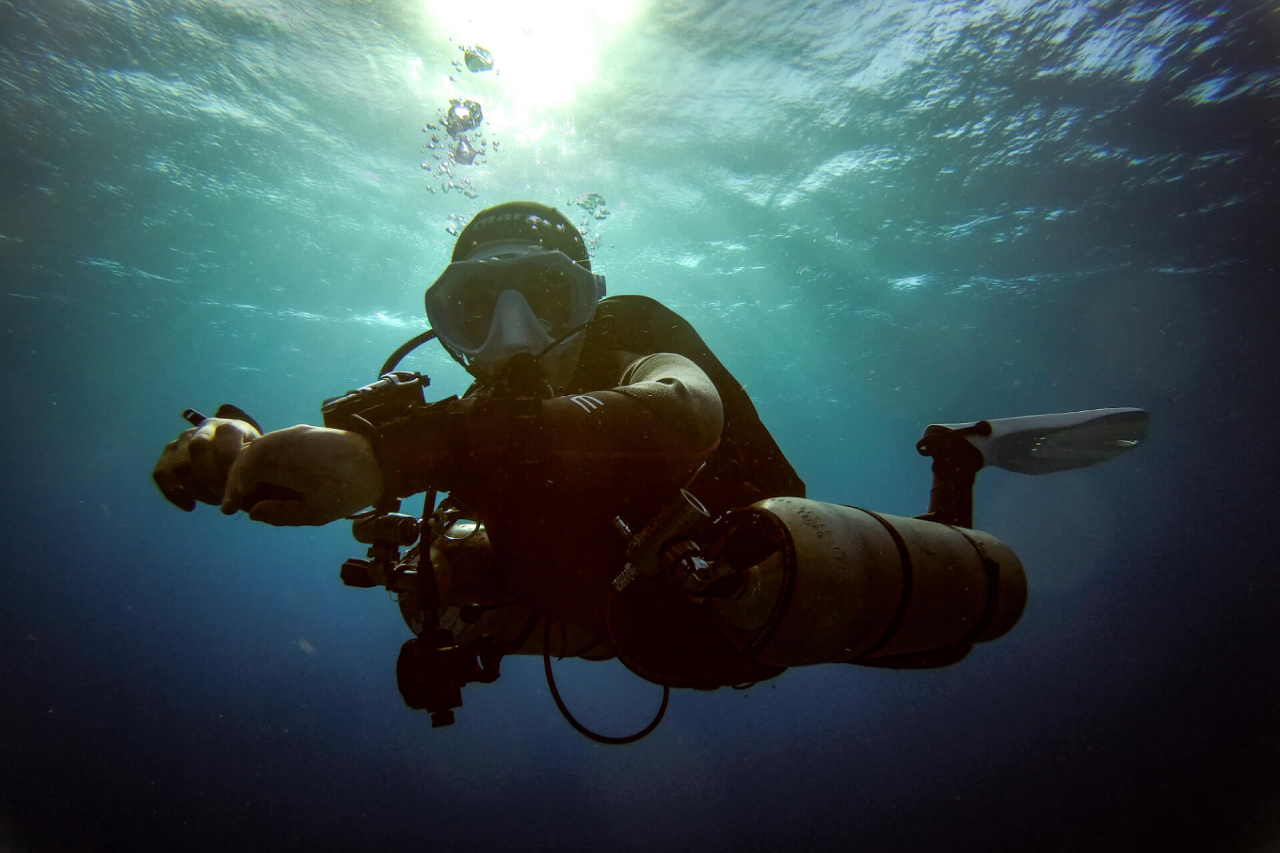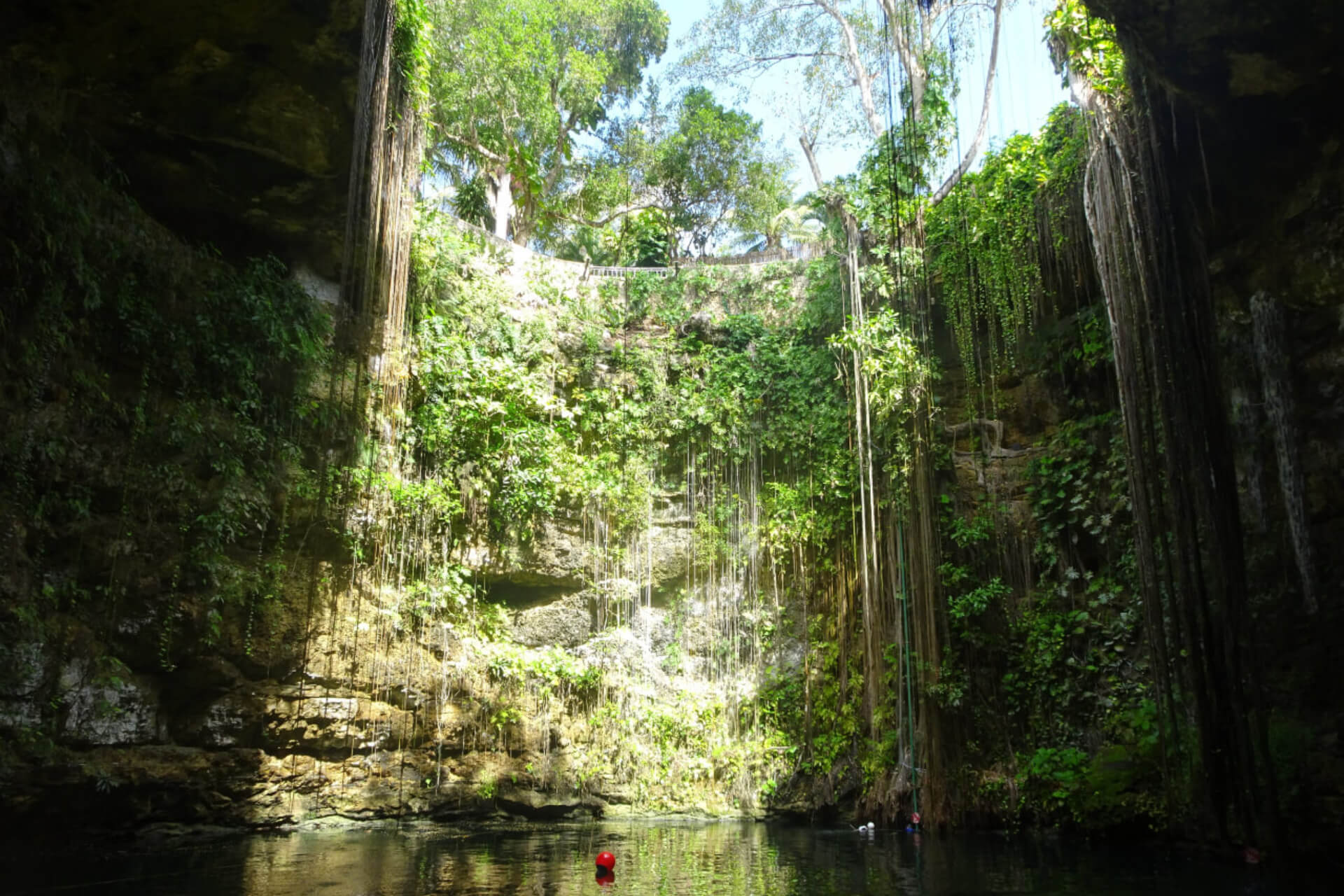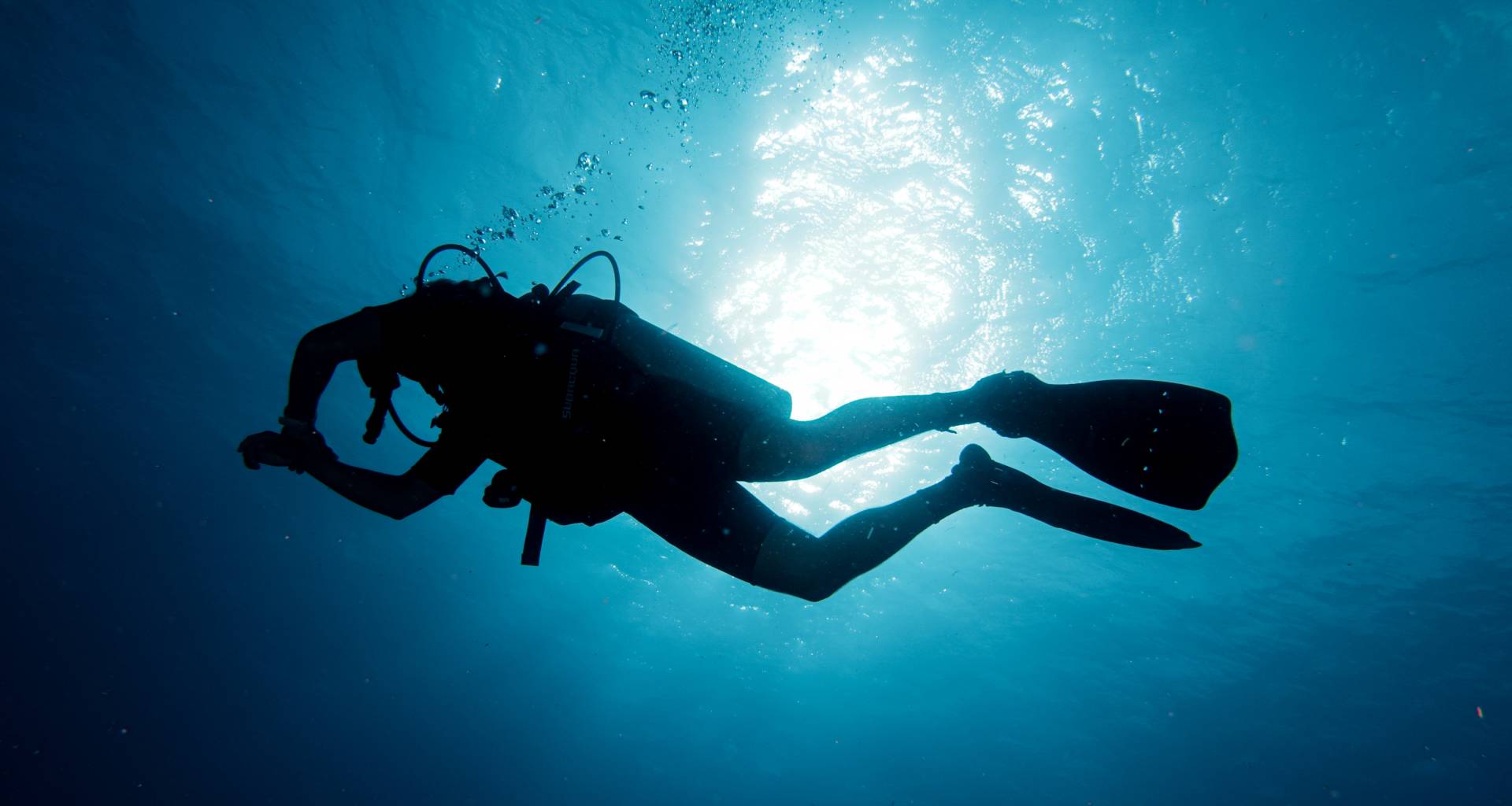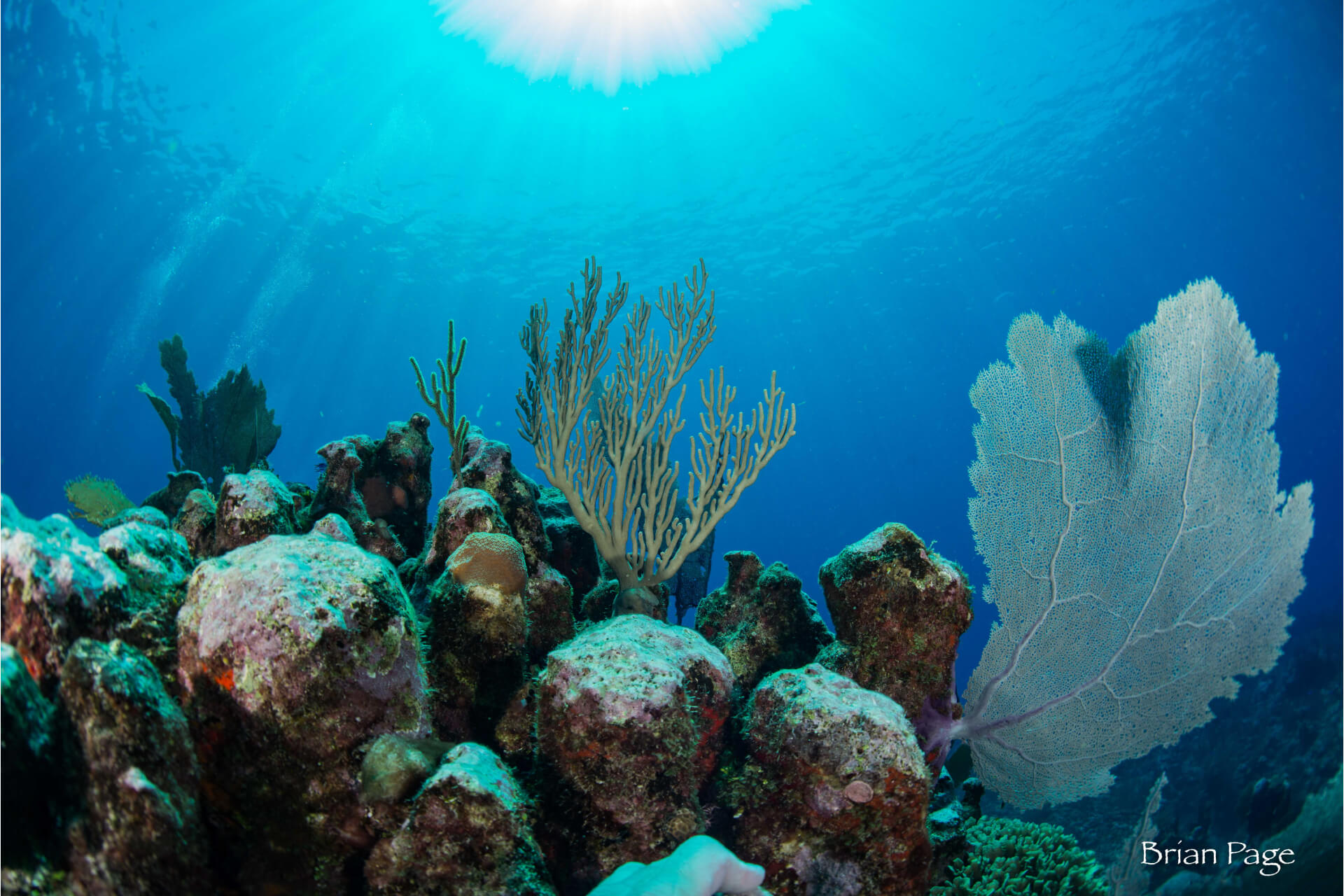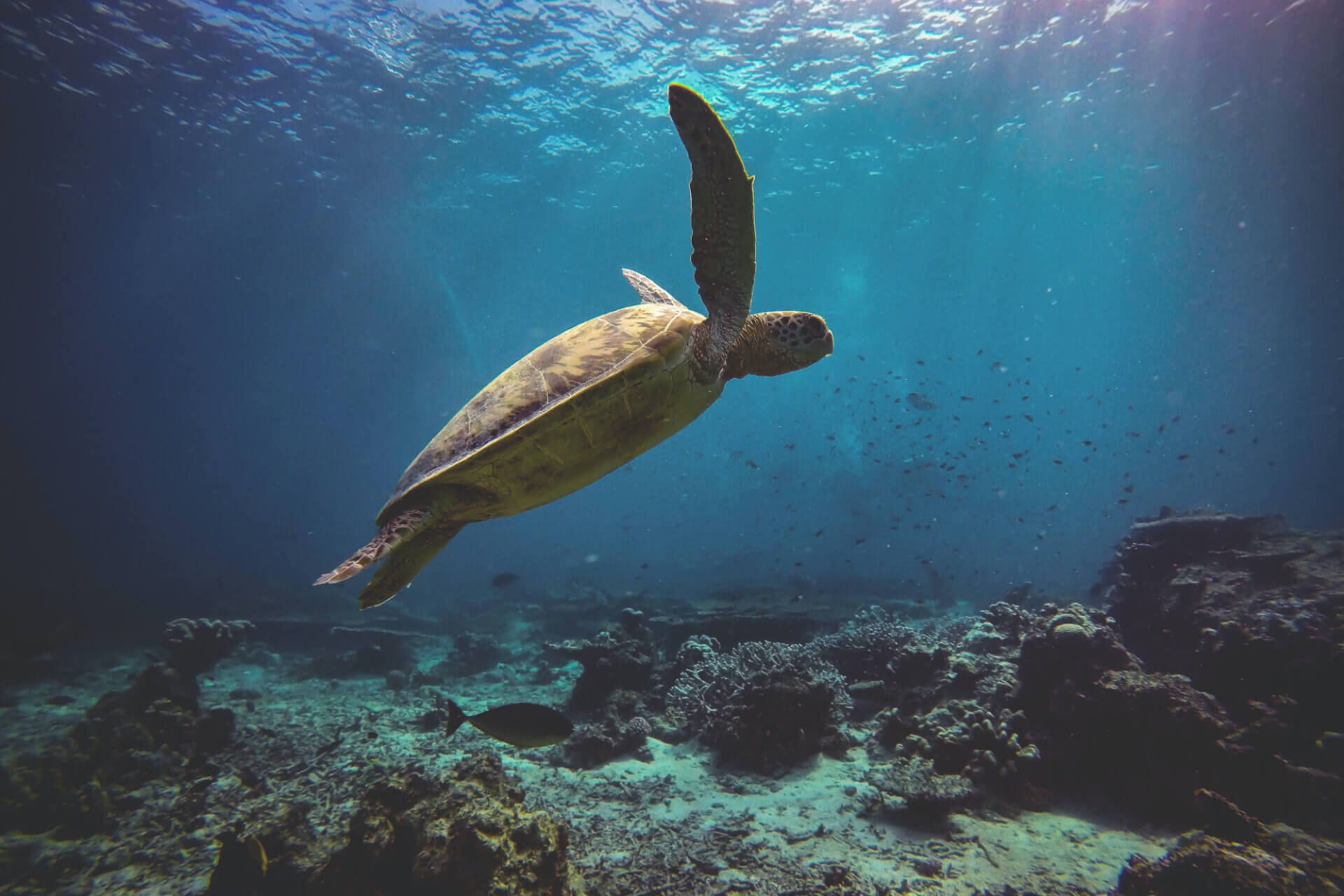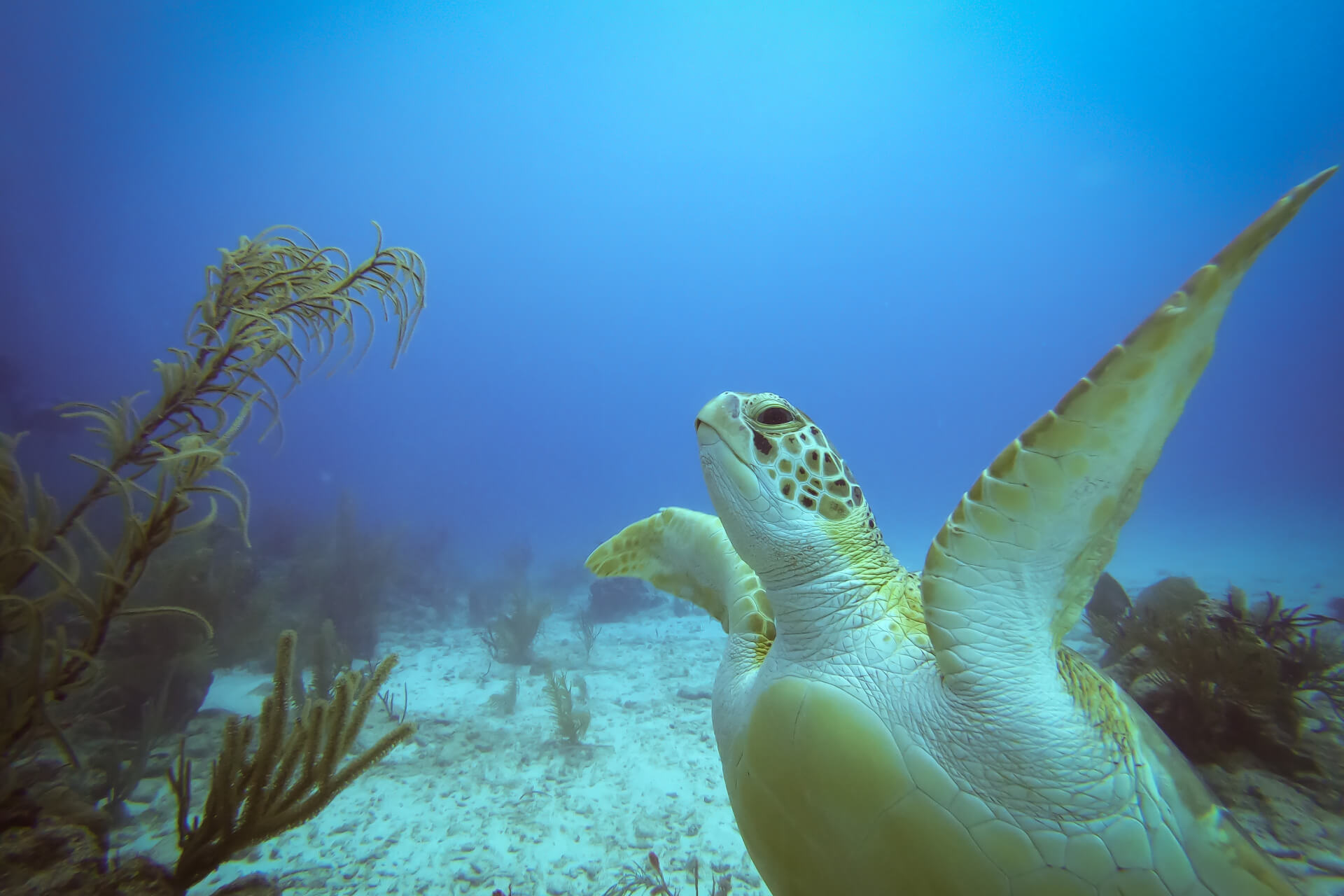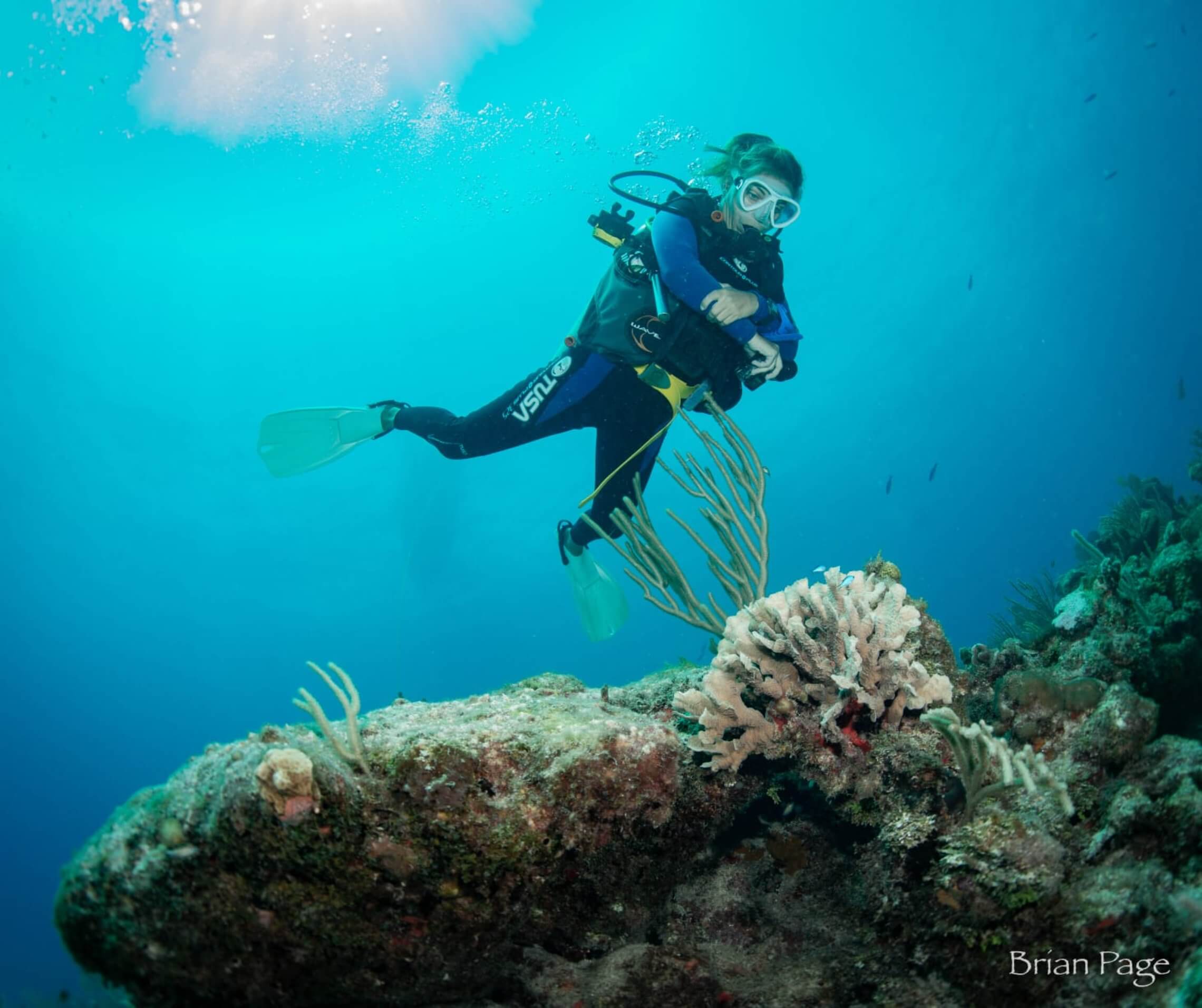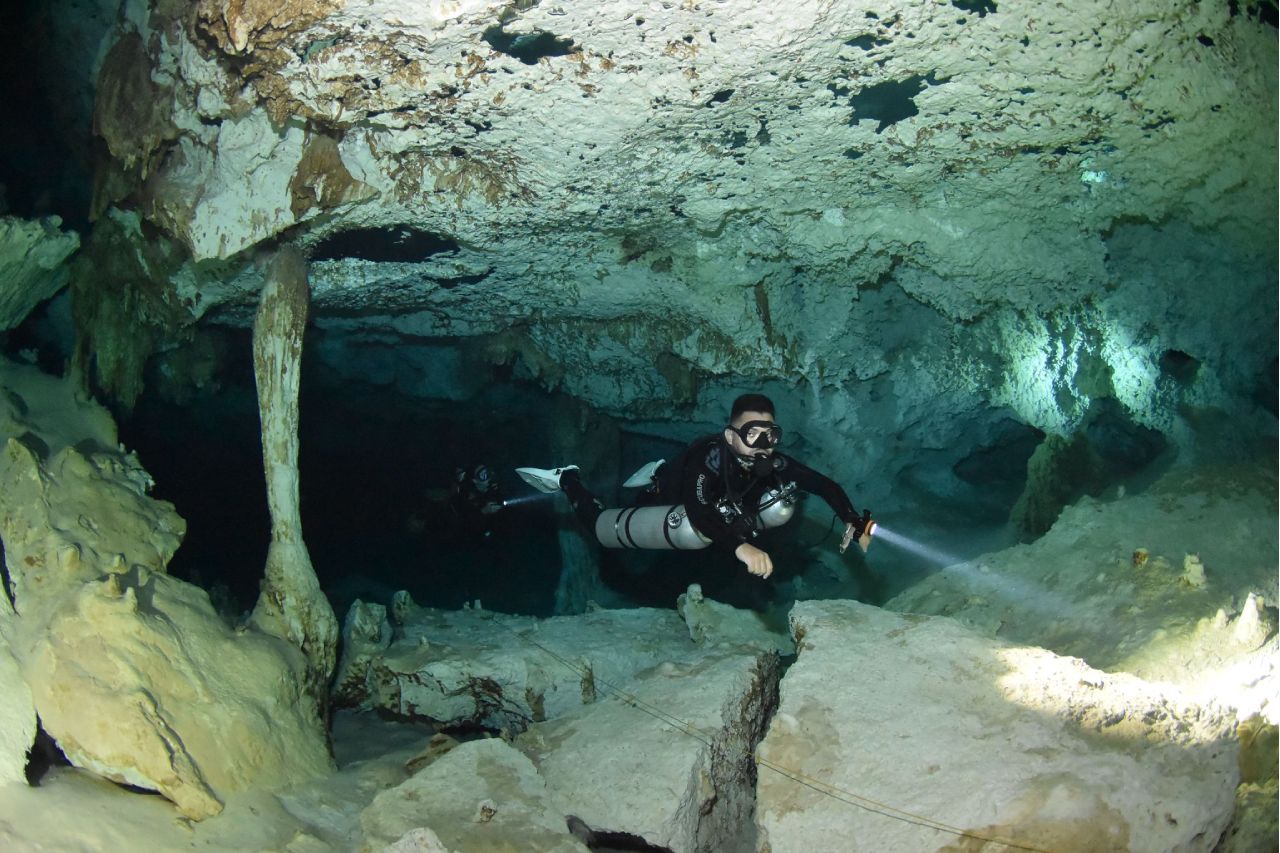Scuba Diving in Akumal and Riviera Maya
Blue Experience welcomes you to Akumal and the Riviera Maya with it’s white-sand beaches, clear warm waters of the Mexican Caribbean and the magical Mexican Cenotes. Come and discover the wonderful Underwater World of the Riviera Maya with us in Turtle Paradise!
Join Blue Experience to explore the Second Largest Barrier Reef in the world! Here in Akumal you will be able to explore the amazing sea life, sponges, corals, and the famous Mexican Cenotes. Join us on our daily diving tours and live the dream in the calm clear waters of the local bays or the crystal clear fresh water of the cenotes.

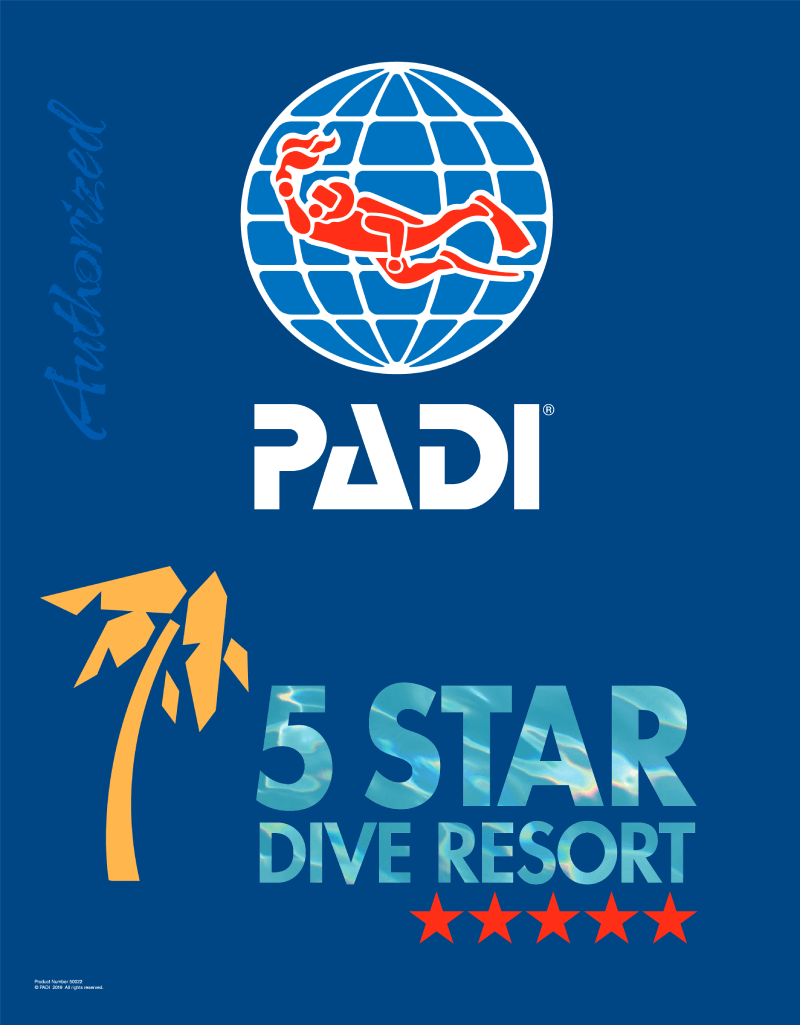
Let's dive into the adventure together
Ocean Diving
Cenote Diving
Courses
Bull Shark
Cozumel
C-Wreck
Welcome to Blue Experience Diving
Blue Experience has been operating in Akumal for over 15 years now, and we still feel the excitement of sharing the outstanding diving experiences that the Riviera Maya region has to offer. From grumpy turtles in the protected reefs of the beautiful Akumal Bay area, up to the thrill of diving in the crystal clear water of an ancient Mayan cenote or a millenary cave, our highly trained multilingual staff of fully certified PADI dive instructors are always more than happy to assist, have a chat and learn from all of our diving buddies. For us, every dive is a new life changing opportunity to be amazed.
5-Star Service Quality

Multilanguage service

Free hotel pickup
Free equipment storage

Mon - Sun assistance
Blue Experience
Blue Experience Diving is a family company, in shorthand writing we provide ocean, cenote, and cave diving services as well as dive training at all levels, beginners to Pro, always taking care of meeting the highest service, safety, and quality standards.
Perfect location
Blue Experience is situated right in the heart of the Riviera Maya at the Grand Sirenis complex in Plaza Xaac, approximately halfway between the busy town of Playa Del Carmen and the Mayan ruins of Tulum, about 1 hour south of Cancun airport.
Welcome to what is considered to be the Second Largest Barrier Reef in the world here in Akumal. A huge variety of sea life and varied underwater sceneries await you on the daily “2 tank” dives with Blue Experience. From 10-12m (35-45ft) down to 25-30m (80-100ft) there are many canyons and large coral formations, ideal for finding turtles, morays, lionfish, and much more.

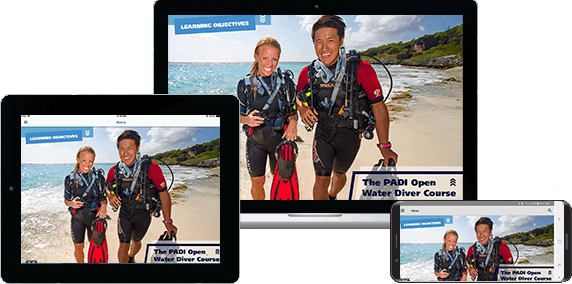
Sign up for your eLearning course to prepare for your diving experience with us!
Shop number: S22400, Blue Experience Diving
Latest Blog Posts
Here you can find out how we came to live our dream and dive in the warm waters of Akumal, a small village in the Mexican Caribbean. Discover, learn and enjoy the Underwater World and Diving in Akumal with it’s large variety of marine life!



